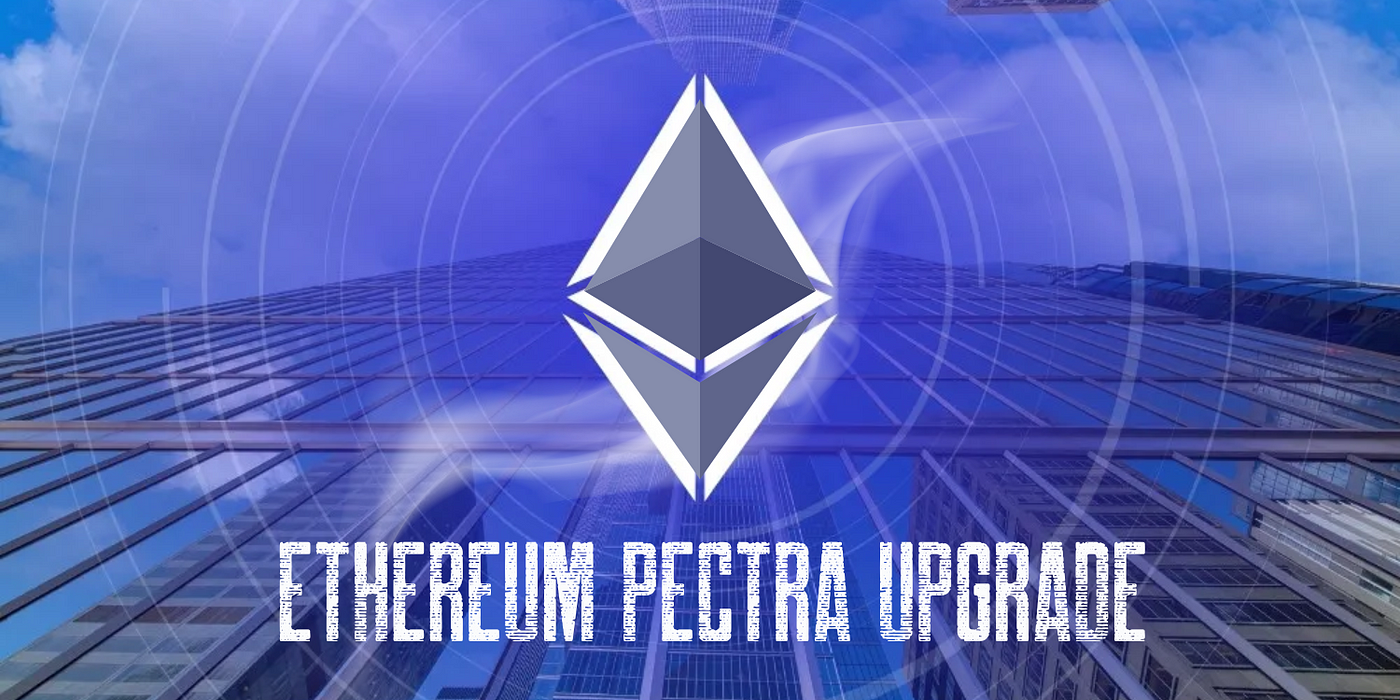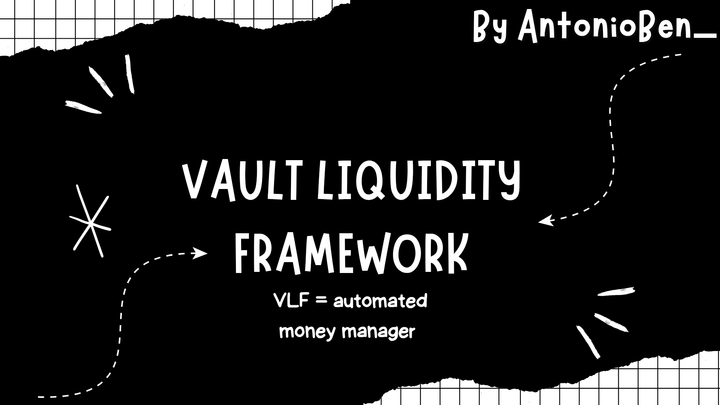Ethereum’s Pectra Upgrade: A Milestone in Modularity and UX Evolution

Ethereum continues its rapid evolution with the upcoming Pectra upgrade, a pivotal step on its long-term roadmap toward scalability, modularity, and seamless user experience. Slated for release in late Q1 2025, Pectra builds on the foundations of past upgrades like Dencun, bringing both protocol-level enhancements and developer-facing improvements.
In this article, we’ll break down what the Pectra upgrade entails, why it matters, and how it aligns with the broader vision of a modular blockchain future one that projects like Mitosis are helping to realize.
What Is the Pectra Upgrade?
Pectra is a combination of two major upgrade proposals: Prague (execution layer) and Electra (consensus layer). Together, they bring over a dozen Ethereum Improvement Proposals (EIPs) aimed at improving validator efficiency, user experience, and smart contract capabilities.
1. EIP-7702: The Future of Account Abstraction
Replacing the now-shelved EIP-3074, EIP-7702 introduces a standardized method to temporarily upgrade Externally Owned Accounts (EOAs) into smart contract wallets for a single transaction. This advancement marks a major leap in account abstraction, making it easier to batch transactions, enable social recovery, and programmatically control wallets, a critical UX improvement for mainstream adoption.
2. MaxEB and Validator Efficiency
The Electra portion of Pectra includes the Max Epoch Churn Limit (MaxEB), which allows more validators to enter or exit each epoch. This streamlines validator operations and strengthens Ethereum’s consensus layer, enhancing both scalability and security.
3.Improvements for Rollups and Layer 2s
Several Pectra EIPs enhance calldata management and optimize gas fees — particularly beneficial for rollups. These upgrades improve Ethereum’s role as a settlement layer, supporting a growing landscape of modular chains and L2s that rely on efficient base layer coordination.
How Pectra Strengthens Ethereum’s Modular Future
Ethereum’s evolution toward a modular architecture means separating execution, data availability, and settlement across different components, increasing scalability and customizability. Pectra fortifies the execution layer and consensus rules to better serve this design.
Protocols like Mitosis are already building on this vision. As a cross-chain liquidity layer, Mitosis connects multiple rollups and execution environments, enabling seamless interoperability. Pectra’s enhancements in calldata and contract flexibility allow Mitosis-enabled rollups to run more efficiently with less friction.
Real-World Impact and What Comes Next
Pectra makes Ethereum more future-ready wallets become more powerful through account abstraction, validator churn becomes more fluid, and Layer 2s get improved cost structures. These changes don’t just improve the network, they empower developers, rollup providers, and infrastructure builders to offer better user experiences.
Looking ahead, Pectra sets the groundwork for even more transformative upgrades like Verkle Trees and Data Availability Sampling. Combined with Ethereum’s role as a base layer, these improvements open new doors for modular protocols to scale without compromise.
Final Thoughts
Pectra is more than just a routine protocol upgrade, it’s Ethereum continuing to evolve into a truly modular, scalable, and developer-friendly platform. With improved validator management, account abstraction, and rollup optimization, it paves the way for the next generation of decentralized applications.
For builders like Mitosis that are bridging liquidity and execution across chains, upgrades like Pectra are essential infrastructure. As Ethereum becomes more composable and scalable, the ecosystems built on top will drive the next wave of adoption.
Quick Links:



Comments ()